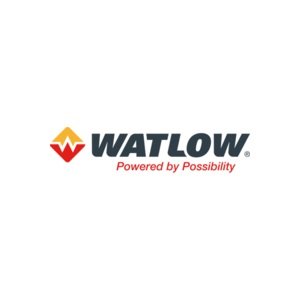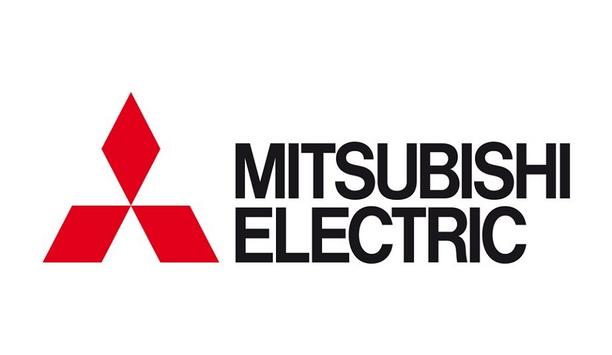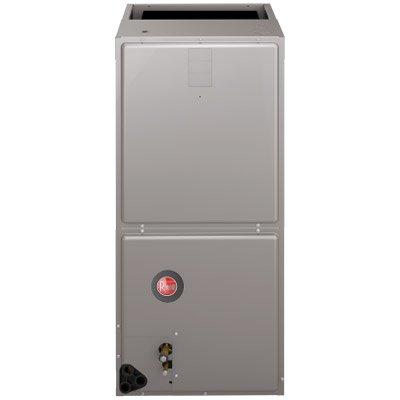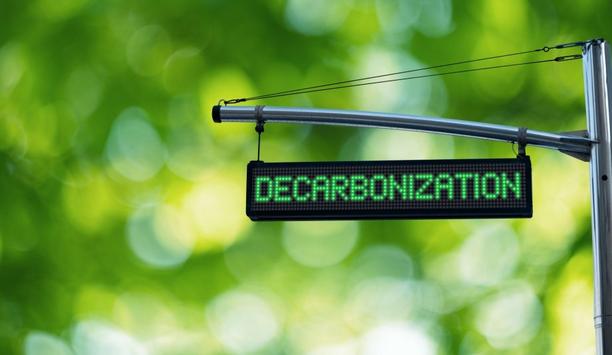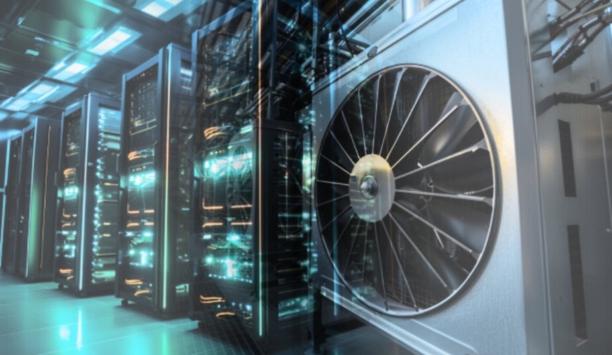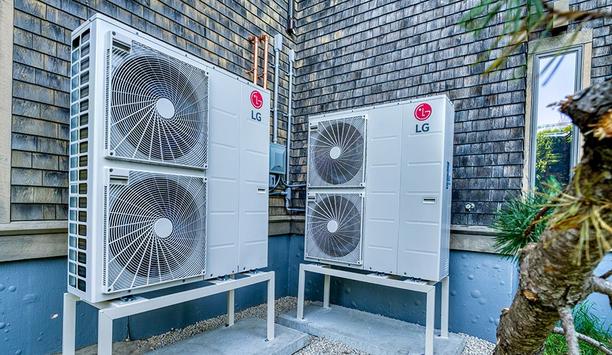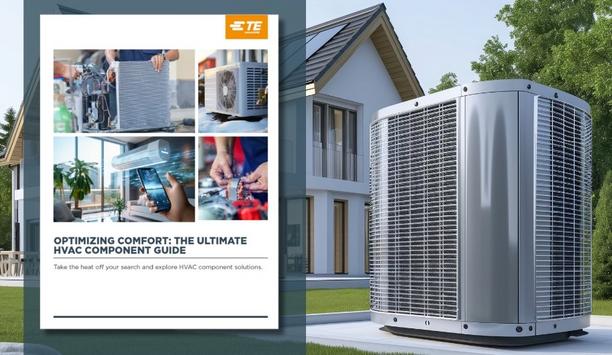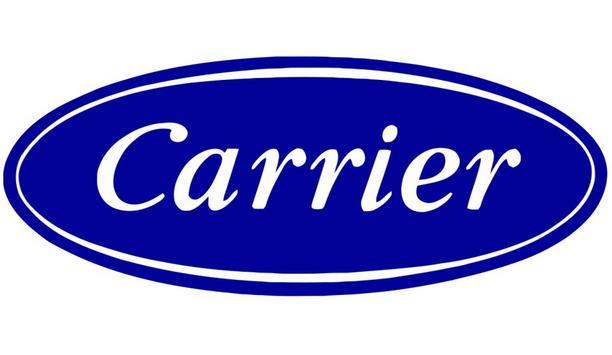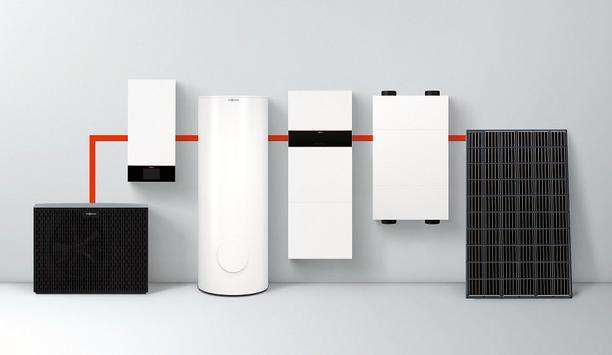Watlow®, a pioneer in the design and manufacture of complete thermal systems, introduces its new HELIMAX™ ultra-efficient electric heat exchanger with Continuous Helical Flow Technology™, which helps reduce the coking and fouling typically associated with standard heat exchangers.
Diminishing the coking and fouling rates can minimize heat exchanger maintenance intervals ultimately reducing downtime. Some heat exchanger design methods, such as segmental baffles, have known dead zones where hot spots can occur. These fluctuations within the heat exchanger to either the sheath or tube skin temperature or the localized flow rate are common causes of coking and fouling, which can lead to system failures and expensive downtime.
Smaller shell diameters
HELIMAX with Continuous Helical Flow Technology enables ultra-high heat transfer rates that lowers the skin and shell temperature rise above the process fluid and offers the ability to push the limit on high outlet temperature applications.
Watlow is excited to now offer the new HELIMAX heat exchanger to our customers"
It also minimizes fluid bypass assuring tighter sheath temperature control and provides smaller shell diameters. As a result, high pressures can often be handled with thinner shell walls or without resorting to expensive exotic materials. “Watlow is excited to now offer the new HELIMAX heat exchanger to our customers,” said Dennis Long, Director of Strategic Marketing.
Improving system performance
“HELIMAX’s Continuous Helical Flow Technology improves the velocity profile on the heating elements, allowing better heat transfer and flow rates improving overall system performance. This technology also reduces coking and fouling which keeps a system up and running. All of this in a smaller profile… the product is a win for any application requiring a heat exchanger.”
HELIMAX is smaller and lighter weight compared to traditional heat exchangers offering significant benefits to space constraint applications such as offshore platforms or floating production storage and offloading vessels.

